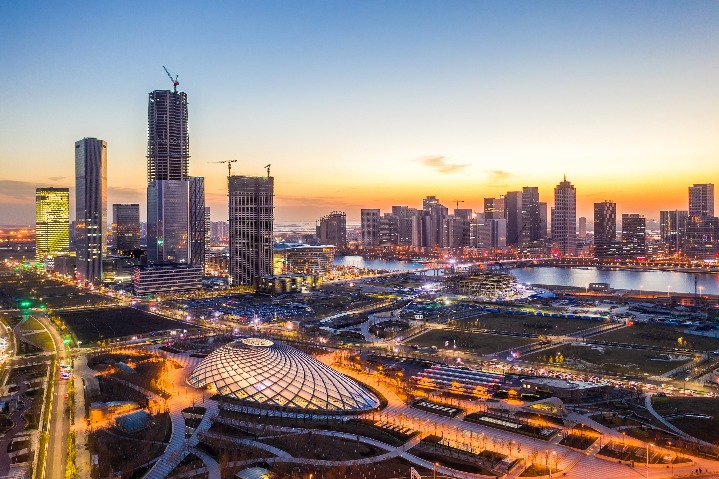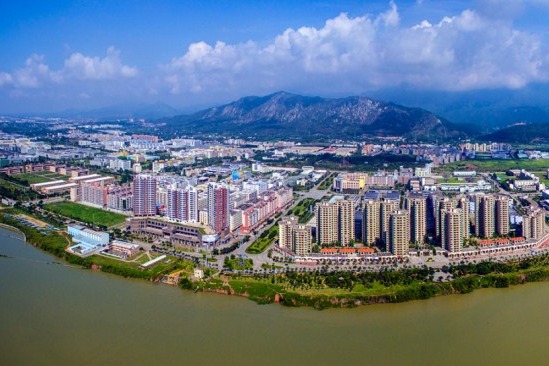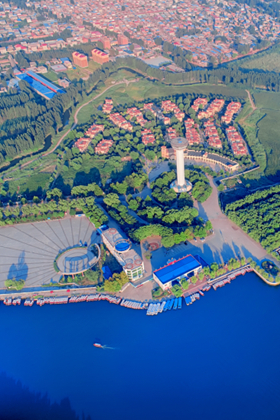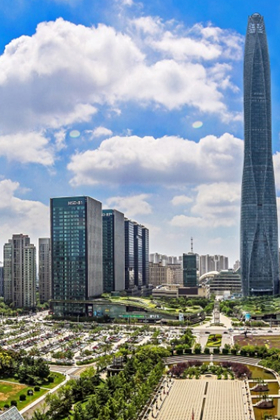Explainer: China's economic development zones
- govt.chinadaily.com.cn |
- Updated: Nov 17, 2021

Economic development zones (EDZs) are modern industrial areas which enjoy specified economic policies and engage in certain economic activities. Estabilshed by the State Council and provincial people's government, China's EDZs has spurred up the development of the national and regional economy since the reform and opening-up policy was implemented in the 1970s, and are considered one of the most effective ways to boost economic growth.
There are over 2,000 national and provincial EDZs in China. Among those at national level, there are 217 economic and technological development zones (ETDZ), 169 high-tech industrial development zones (HIDZ), 163 special Customs supervision areas (SCSA), 19 cross-border economic cooperation zones and 23 other economic development zones.
Each zone provides unique investment incentives and accreditation at different levels of government. Even within zones of the same type, the level of infrastructure, amount of autonomy, and breadth of incentives vary widely, creating extremely diverse investment choices.
From a small cluster in coastal cities to its wide spread across China, the proliferation of EDZs has contributed a lot to the country's industrial upgrades over the past decades, and played an instrumental role in attracting foreign direct investment (FDI), expanding exports and advancing cutting edge technology.
In 2020, the gross domestic product of 217 national-level ETDZs reached 11.6 trillion yuan ($1.8 trillion), up by 6.4 percent year on year, 4.1 percentage points higher than the national average growth rate (2.3 percent). The ETDZs' GDP accounted for 11.5% of the national total.
The fiscal revenue of these ETDZs hit 2.1 trillion yuan, accounting for 11.7% of the nation's total. Their tax revenue reached 1.9 trillion yuan, accounting for 12.4% of the nation's total.
In 2020, the actual use of foreign direct investment in these 217 national-level ETDZs surged 17.5 percent year on year to $61.1 billion, accounting for 23.1 percent of the country's total. The total volume of exports and imports reached 6.7 trillion yuan, up 4.8 percent year on year, accounting for 20.8 percent of the nation's total.
In 2019, GDP of China's HIDZs reached 12.2 trillion yuan, accounting for 12.3% of the country's total GDP. They also contributed 1.9 trillion yuan in tax revenue, about 11.8% of China's total. The export volume of these zones increased to 4.1 trillion yuan during the same period, up 11% year on year. By the end of 2019, they hosted 81,000 high-tech enterprises, accounting for more than one third of China's total, including household names such as Huawei, Tencent, Alibaba, Baidu and Xiaomi.
During the 13th Five-Year Plan period, the cross-border economic cooperation zones witnessed a total import and export volume of nearly 630 billion yuan, with an average annual growth rate of 9.2%. Their total industrial output value reached 360 billion yuan, with an average annual growth rate of 1.6%.
EDZ is an ideal place for foreign investors to start their businesses, for it offers tailored preferential incentives, well-developed infrastructure and highly friendly and professional business environment.


Maybe you're interested
Are You Ready to Start Your Business in an EDZ?
We provide up-to-date information and rich resources about China's EDZs.
If you have questions, please feel free to let us know.
- About Us
- Contact Us
- Follow Us

Copyright©2025 China Daily. All rights reserved.





 Guangzhou Development District: Home of high performance
Guangzhou Development District: Home of high performance
 Beijing E-town: Turning dreams into reality
Beijing E-town: Turning dreams into reality
 Shanghai FTZ: leading pilot zone for socialist modernization
Shanghai FTZ: leading pilot zone for socialist modernization
 Xi'an area of Shaanxi FTZ in three years
Xi'an area of Shaanxi FTZ in three years
 China pushes for trade, investment facilitation in FTZs
China pushes for trade, investment facilitation in FTZs
 Get to know Optics Valley of China
Get to know Optics Valley of China
 Lin-gang: Dynamic new coastal city developed on mudflats
Lin-gang: Dynamic new coastal city developed on mudflats
 WHDZ progresses towards high-quality development
WHDZ progresses towards high-quality development
 NETDA achieves key industries chain development
NETDA achieves key industries chain development
 Service trade set to boom in Hainan FTP
Service trade set to boom in Hainan FTP
 Xiong'an New Area: Four Years of Progress
Xiong'an New Area: Four Years of Progress
 Binhai New Area: Vibrant Business
Binhai New Area: Vibrant Business